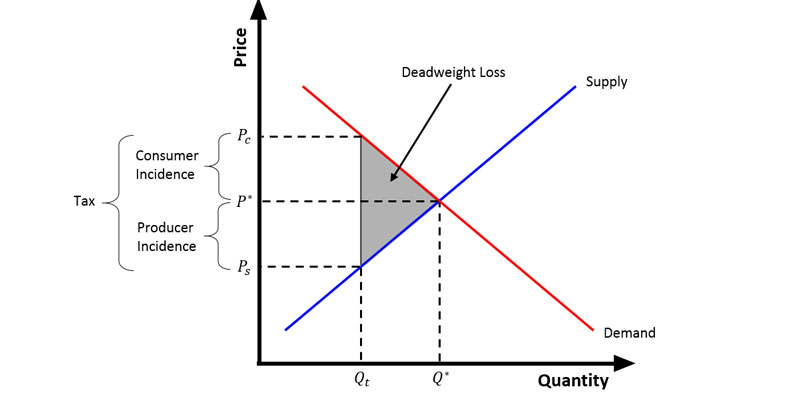Employees Want Help Understanding Benefits Offered by Employers
Nov 14, 2024 By Georgia Vincent
Communicating health benefits to your workforce is a critical ingredient in the overall satisfaction and retention of your employees as an employer. However, explaining complicated insurance information clearly and engagingly is generally the challenge most organizations face. This article will provide you with time-tested methods of explaining health benefits to your workforce in ways they will understand and appreciate.
The Importance of Explaining Health Benefits
 Enhancing Employee Understanding and Appreciation
Enhancing Employee Understanding and Appreciation
However, effectively communicating the health benefits to your workforce can contribute to employee satisfaction and organizational success. When employees understand the value of the package on offer, they are most likely to use the resources available to them more effectively. They will have better overall health and well-being. The outcomes can be increased productivity, reduced absenteeism, and a much better atmosphere at work.
Nurturing a Culture of Openness and Trust
Taking the time to explain health benefits in detail shows an employer cares for the welfare of his or her workforce. On the other hand, transparency reinforces trust and strengthens the bond between employer and employee. Giving value and care to their staff builds a relationship that makes them more involved with the company. They become loyal and motivated.
Maximizing Return on Investment
Health benefits are among the most expensive benefits provided by employers. Consequently, companies seek to maximize their return on such an investment by ensuring employees know and appreciate their health benefits. More informed employees are better equipped to make smart decisions related to their healthcare, which may translate into cost savings for the individual employee and the organization.
Meeting the Needs of a Diverse Workforce
Every employee has different health issues that they need to be concerned with or concentrate on. Therefore, detailed explanations of health benefits will enable employees to identify the most relevant aspects of their health coverage. This will allow them to make full use of their benefits package, tailoring their healthcare decisions to their individual needs and circumstances.
Ease of Workload and Efficiency for HR
Employees who fully understand their health benefits are less likely to call an HR department with questions and concerns. Fewer calls to HR mean the HR professional can work on more strategic initiatives, helping an organization function more smoothly and effectively. It also makes them more capable of managing their health benefits, hence smooth processes and fewer administrative headaches.
How to Effectively Communicate Benefits
Use Clear, Jargon-Free Language
The words used to describe the health benefits to employees should be simple. Avoid terms characteristic of the industry or technical phrases that make little sense to them. Explain using the most basic terms and means possible. For example, instead of "coinsurance, " you can say, "the percentage of costs you pay after meeting your deductible." In this way, all workers, those conversant with the terms used in insurance and those not, will understand what is meant.
Use Multiple Channels of Communication
Communicate the information to all staff efficiently through several channels of communication. A multi-pronged approach will take into consideration different learning styles and preferences. Consider in-person information sessions for those who need or prefer face-to-face interactions. Supplement these with various digital resources, such as emails, intranet posts, video tutorials, and the like, for people who learn best by having the option to access information at their leisure. You give every reason for your message to reach every workforce member by diversifying how you communicate.
Real-life Examples and Scenarios
Abstract ideas can be more effectively explained once brought into a realistic scenario. For example, you might walk employees through a mock doctor's visit, describing how copays, deductibles, and out-of-pocket maximums would fall into place. Real-life examples help employees understand how benefits work in real-life situations. The information will be more relatable and, consequently, more memorable.
Provide Interactive Tools and Resources
Engage your workforce in independent study of their benefits through interactive tools and resources. Online calculators can help estimate how much out-of-pocket some procedures will be. Similarly, decision support tools might walk employees through finding and selecting the best plan to suit their needs. These interactive resources will educate and engage your workforce in actively understanding and utilizing their benefits to their full advantage.
Harness Technology to Improve Engagement
 In this digital age, technology offers unusually powerful tools for communicating and helping employees understand health benefits. If deployed judiciously, employers stand a better chance of improving employee communication and understanding.
In this digital age, technology offers unusually powerful tools for communicating and helping employees understand health benefits. If deployed judiciously, employers stand a better chance of improving employee communication and understanding.
Digital Interactive Portals
Provide accessible online access to health benefits anywhere and at any time. Platforms should be user-friendly, visually appealing, and with intuitive interfaces complete with customizable dashboards and easily accessible menus. The following should be embedded on the dashboard to help the employee make a decision about their health options: an interactive benefit calculator, comparison tools, and virtual assistants.
Mobile Apps for Easy Access on the Go
Design or subscribe to mobile applications through which employees can quickly access benefit information. This may involve features such as:
- Push notifications for upcoming important deadlines or changes to any information affecting them
- Digital ID cards that make life easier when one visits the doctor
- Appointment scheduling and reminders Claims submission and tracking
Engaging Video Content
Creating short educational videos will walk the employee through challenging concepts about health benefits in simple terms. Use animation, graphics, and real-life scenarios to make the content more relatable and easier to understand. Make these videos accessible from one central location, such as within a channel, or embed them within your benefits portal.
Tracking the effectiveness of your communications
Tracking engagement metrics: The next thing you should do to make your health benefits communication effective is measure it. First, start tracking engagement metrics such as email open rates, click-through rates, and information session attendance. These metrics will give you valuable insight into how your workforce is receiving or ingesting the information you are conveying.
Monitoring Utilization Rates
One of the most substantial pieces of evidence of communication's benefits is increased utilization rates. Follow closely the rate at which employees are utilizing various health benefits. If there is a significant spike in involvement in a certain program or area among employees after a particular campaign, it's likely your message is sticking and driving action.
Monitoring Long-term Results
While short-term engagement is critical, the long-term value of your communication efforts should be noticed. Health-related metrics such as absenteeism, productivity gains, and reduced healthcare costs would also need monitoring over time. These outcomes demonstrate the actual value of effective benefits communication and a well-informed workforce.
Conclusion
The point is that health benefits, if well communicated to your workforce, represent salient employee satisfaction and retention features. You can ensure employees understand and appreciate the value of their benefits package by following several tips on simplifying complex information, leveraging multiple communication channels, offering personal guidance, and providing ongoing education. Remember also to seek feedback and constantly improve your strategy.

Roth and Traditional IRA Contribution Limits

Employees Want Help Understanding Benefits Offered by Employers

Tax Wedge

Which Mortgage Type Should I Choose?

Introduction to What Is Social Security Tax?

Ways to Calculate the Inventory Turnover Ratio

ETFs vs. Mutual Funds: Which is Right for You?

Financial Advisor Scams

An Ultimate Guide: What Is the HUD-1 Settlement Statement?

